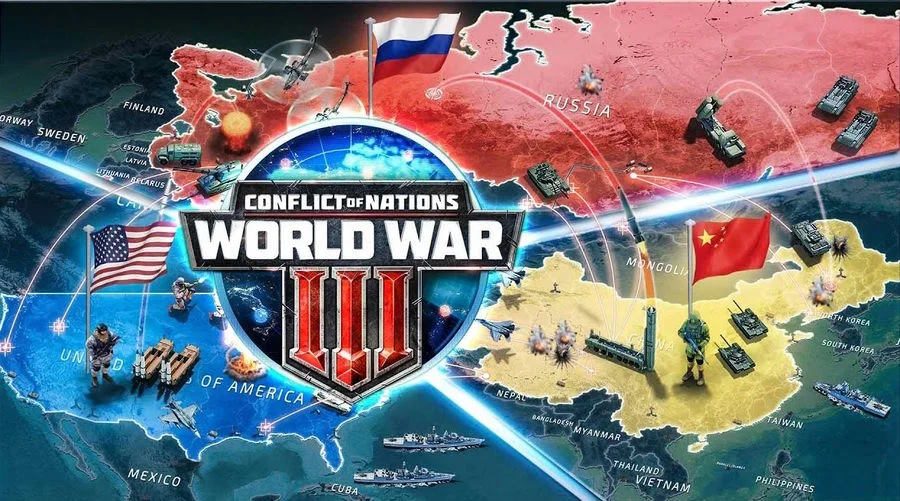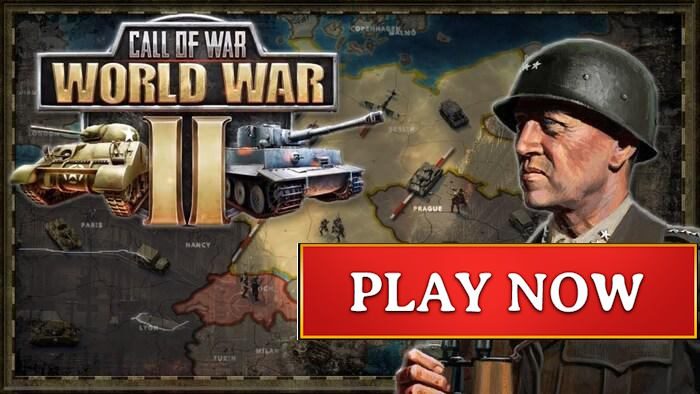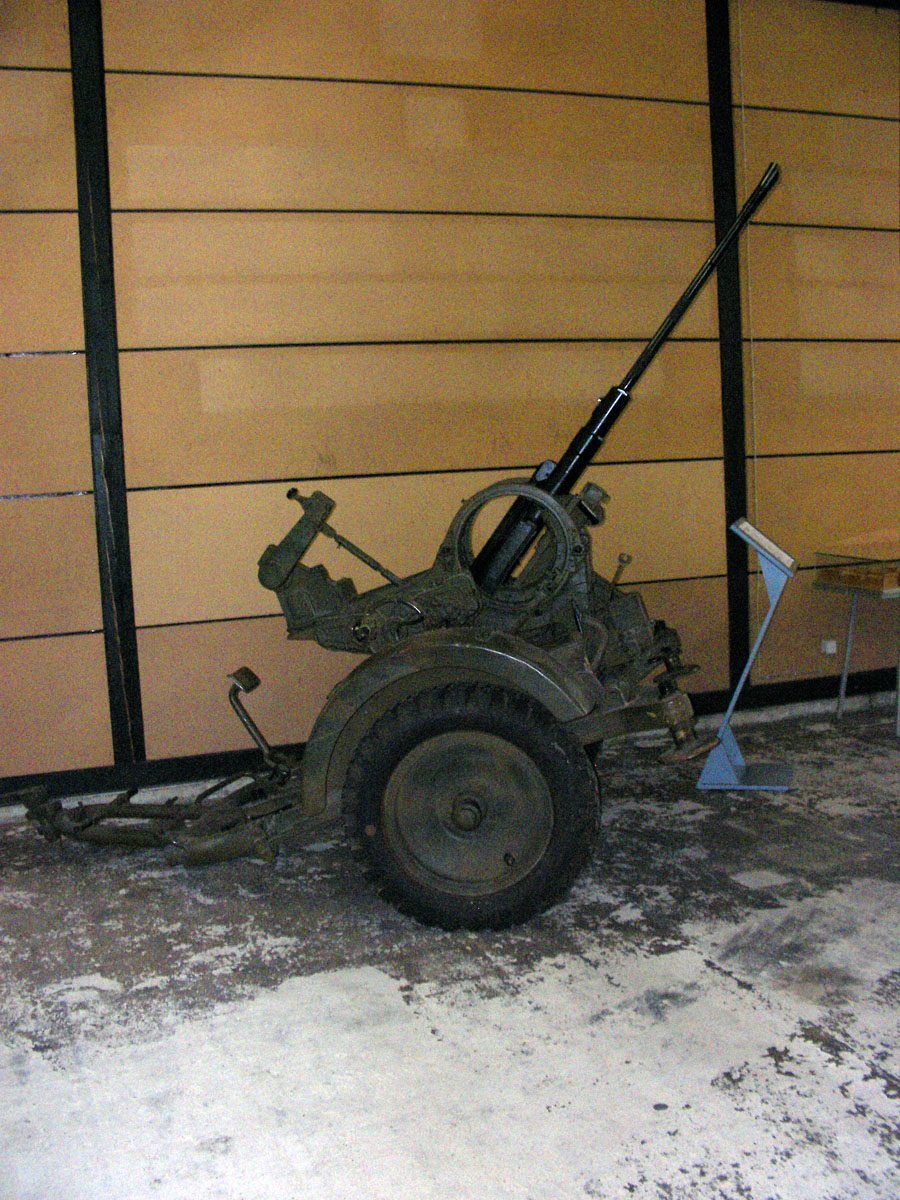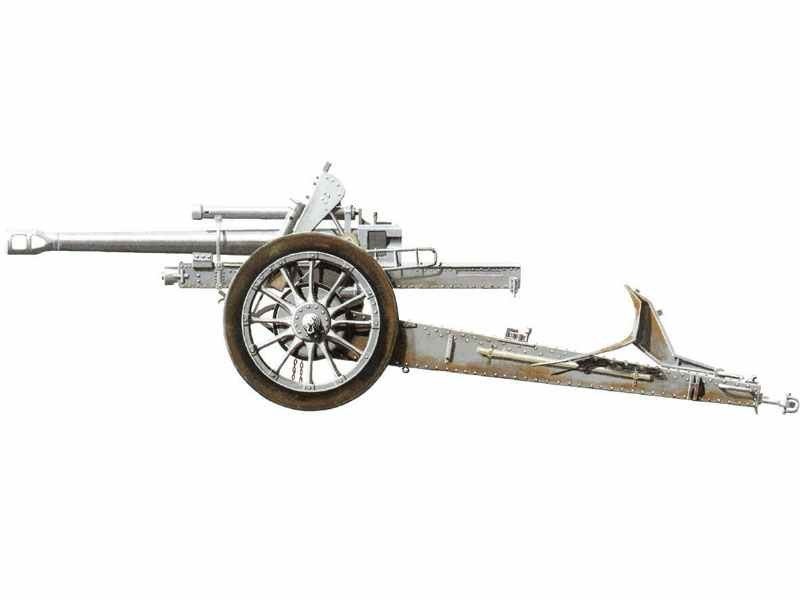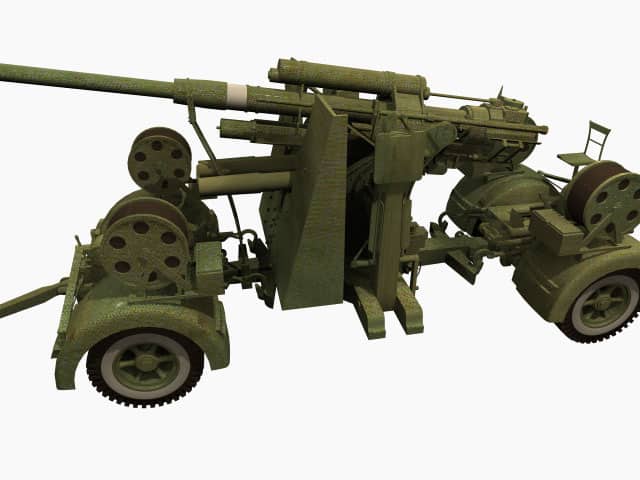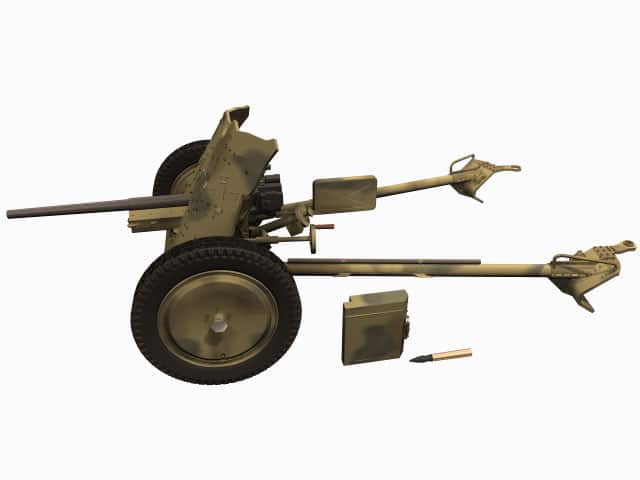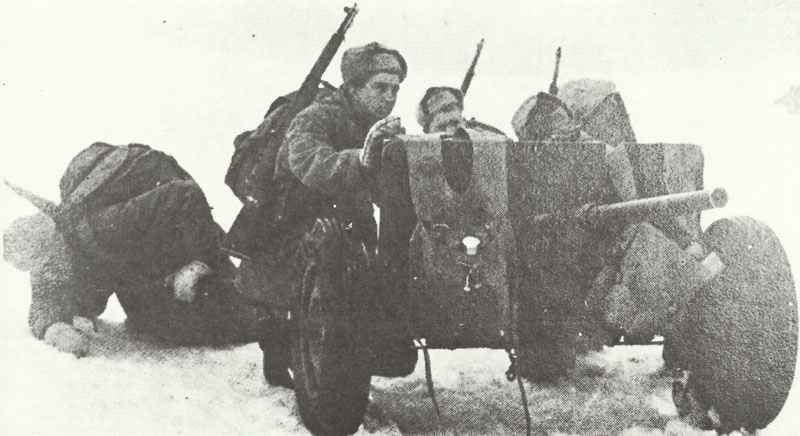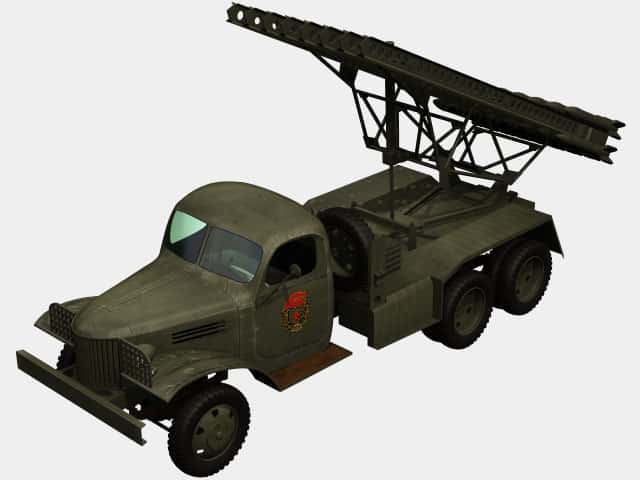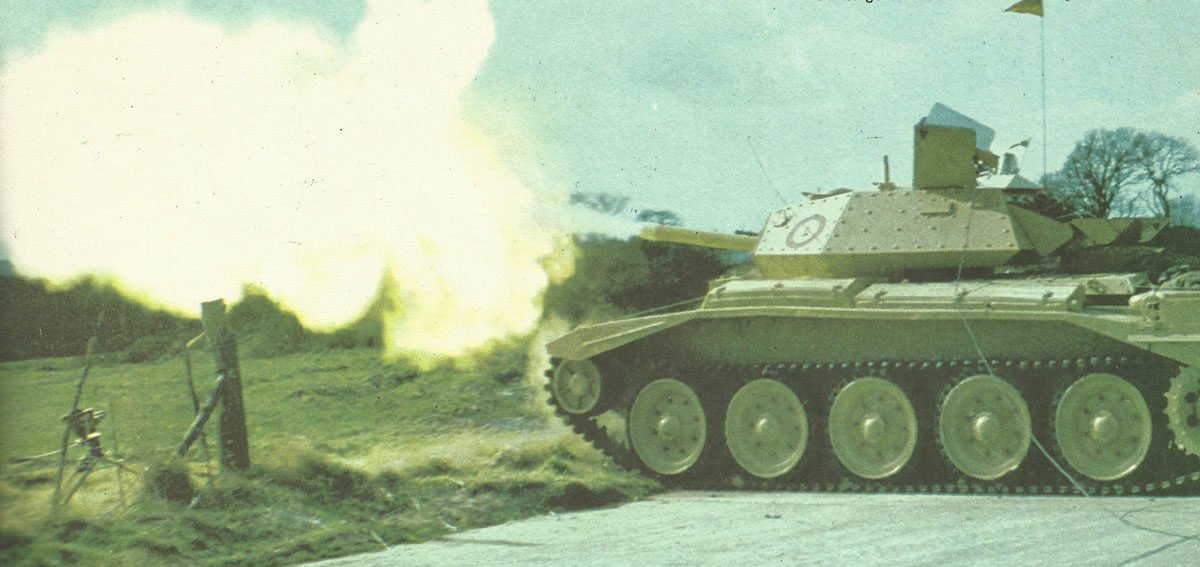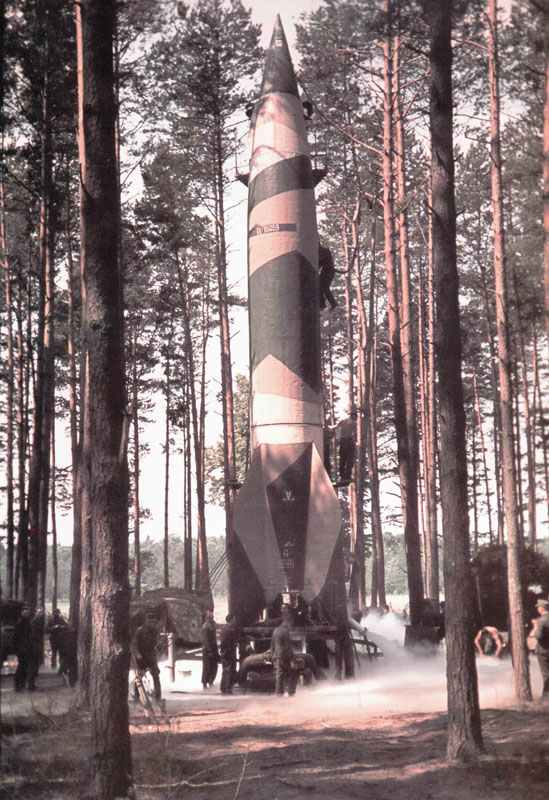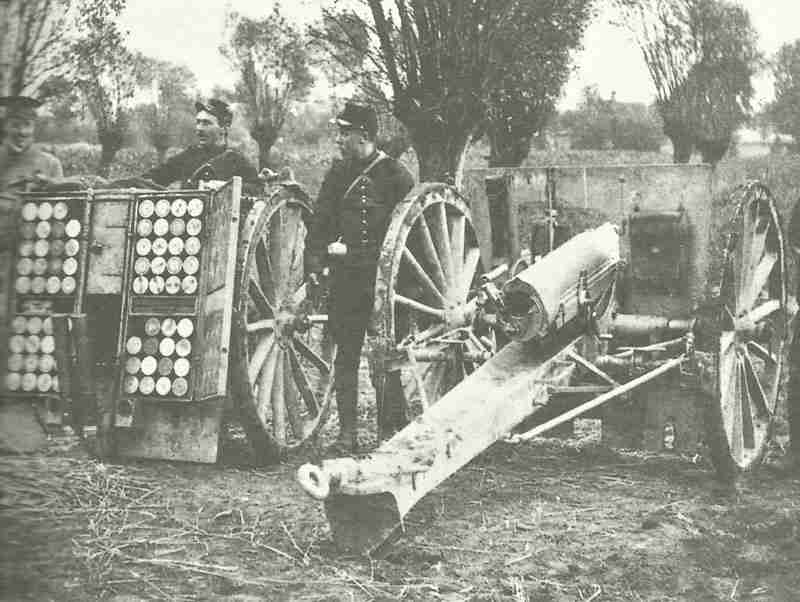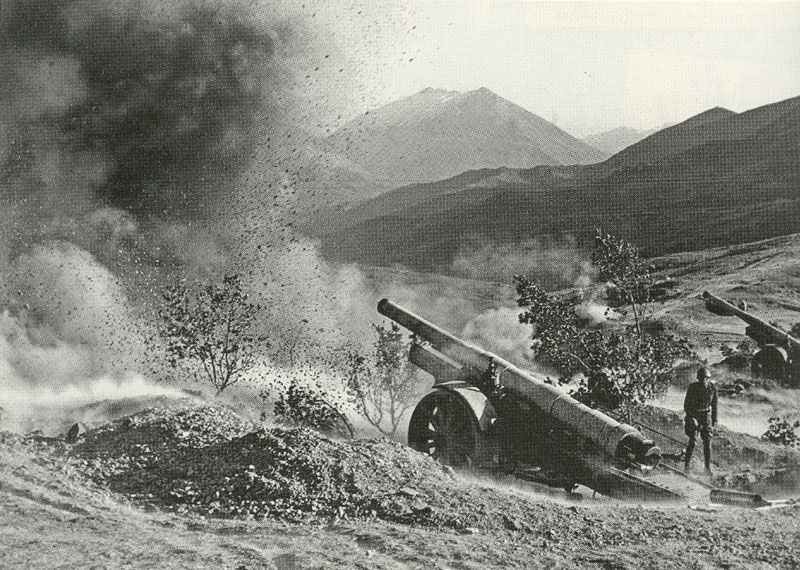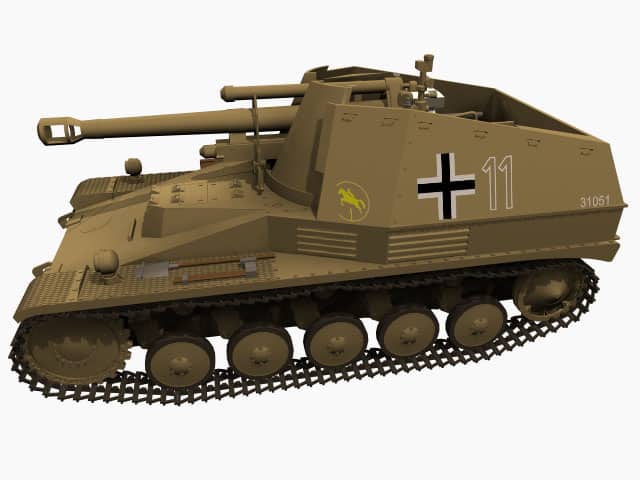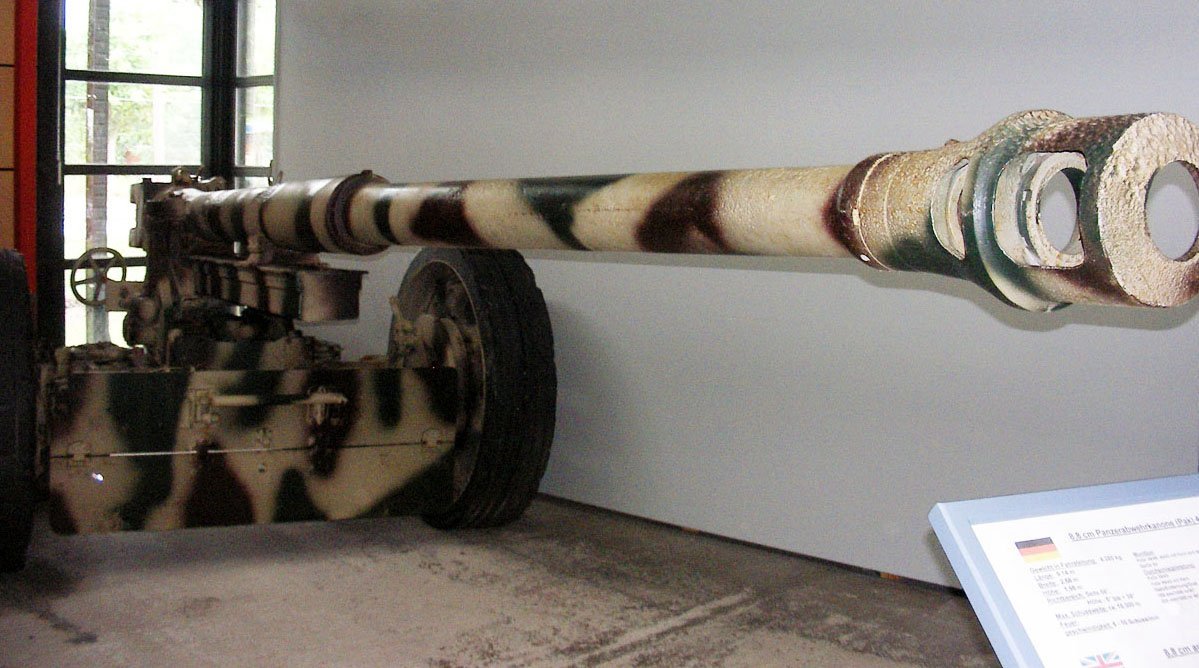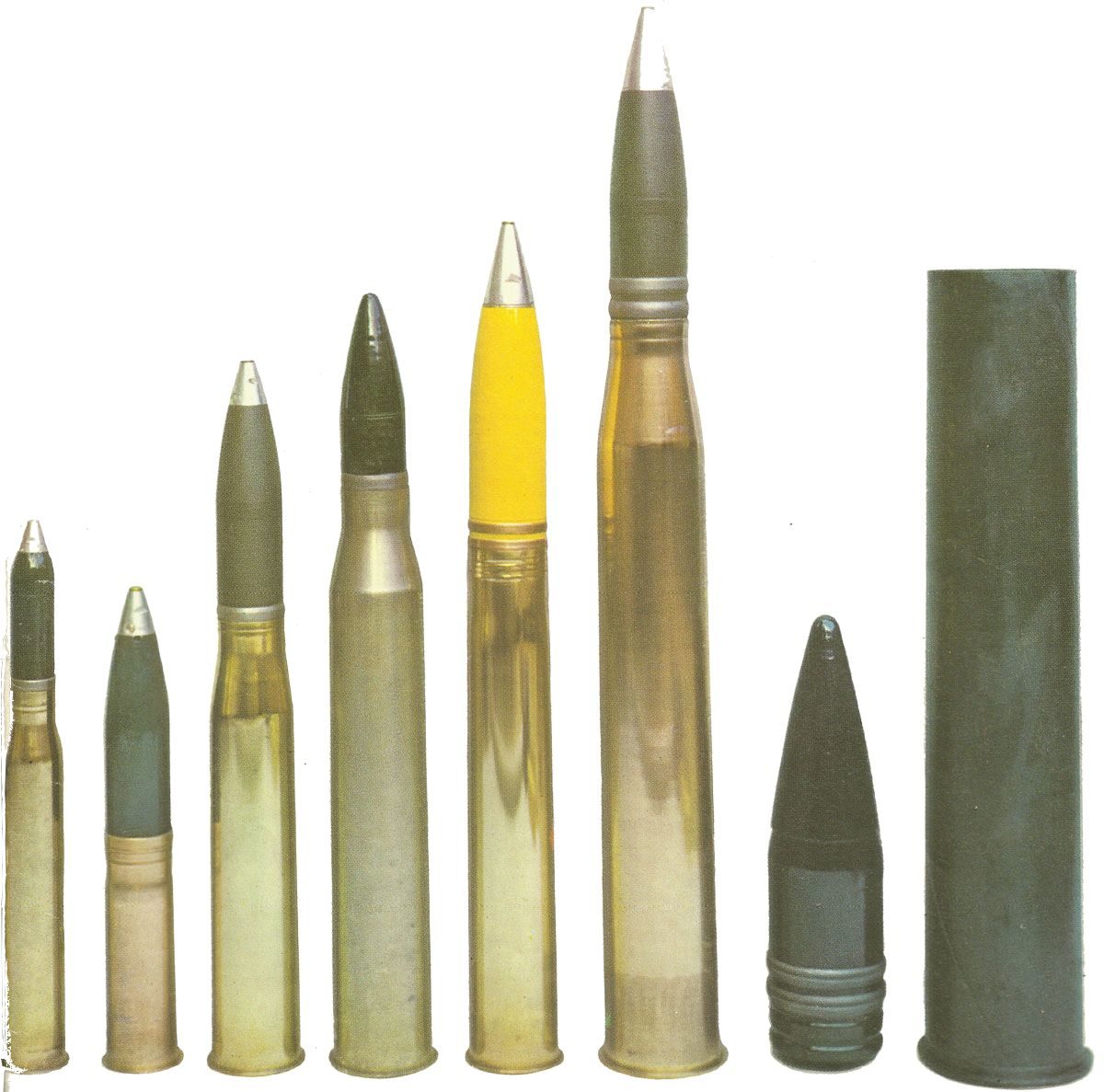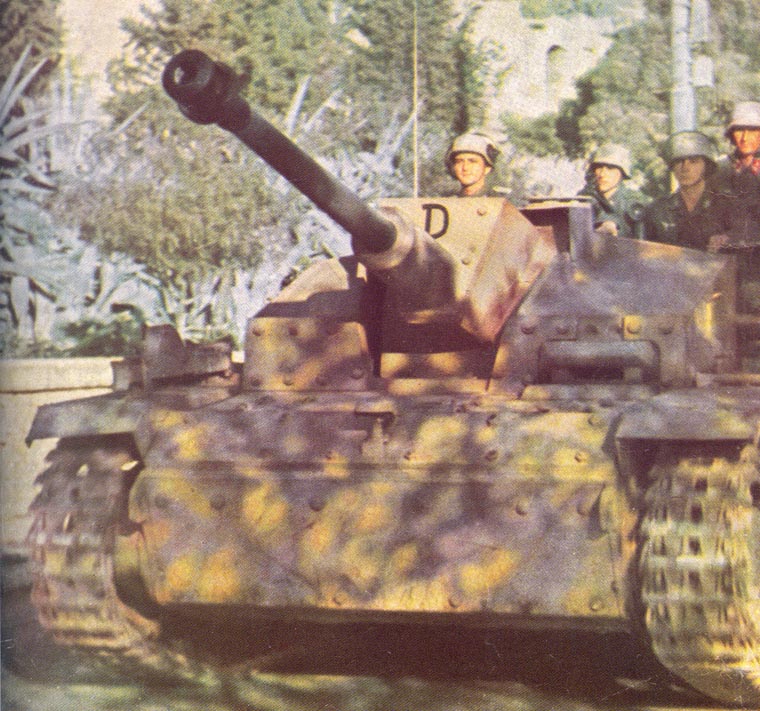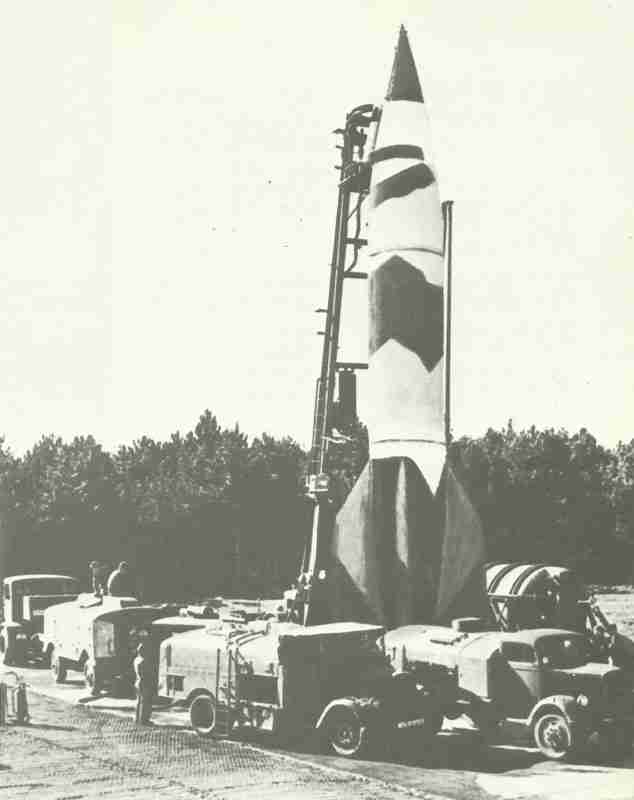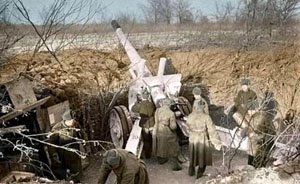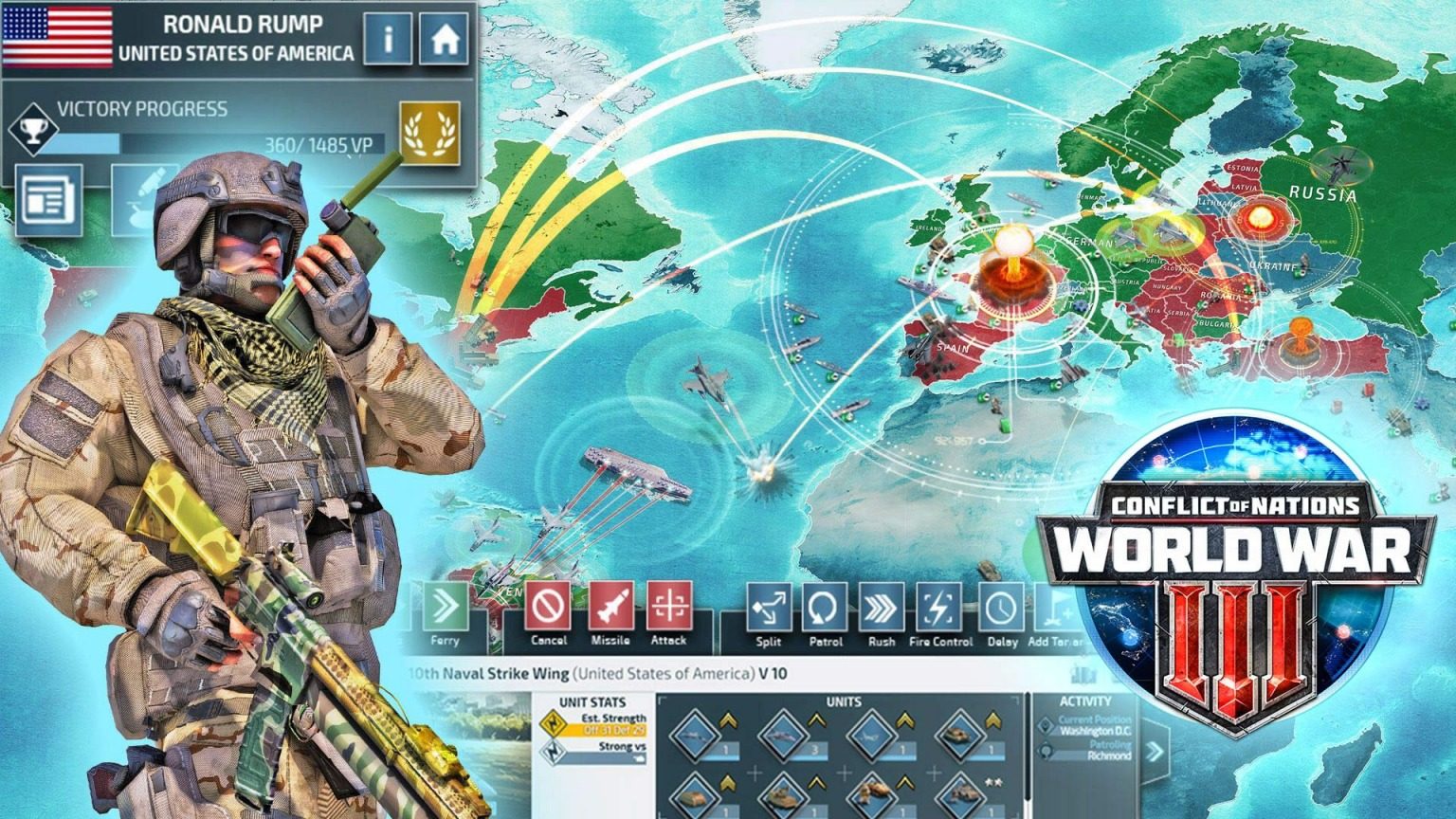Artillery and self-propelled guns of World War Two.
Table of Contents
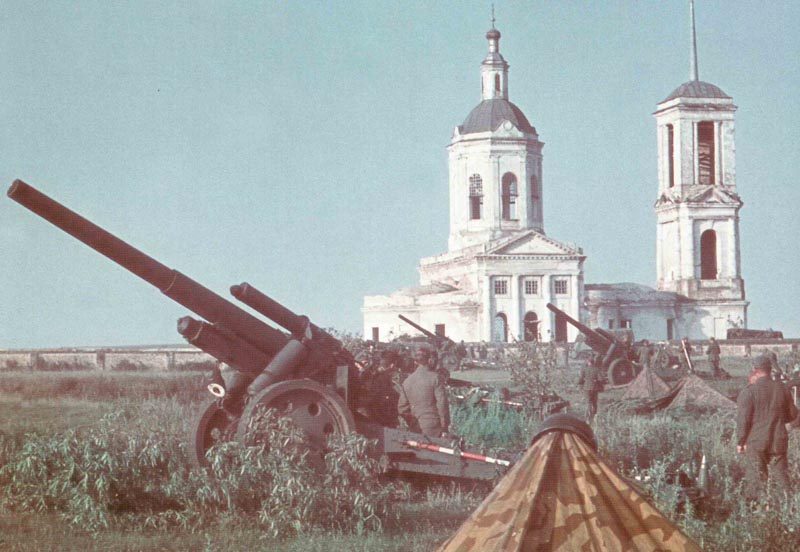
History, specifications and pictures of British, US, Russian, German and Italian artillery guns of WW2.
Artillery in WW2
Artillery played a crucial role in World War II, serving as one of the primary means of delivering firepower on the battlefield. It was used for a variety of purposes including destroying enemy fortifications, providing indirect fire support to infantry and armored units, and counter-battery fire to neutralize enemy artillery.
Types of Artillery in WWII
Field Guns:
– Typically had calibers ranging from 75mm to 105mm.
– Used for direct and indirect fire.
– Examples: German 75mm Pak 40, American M2 105mm howitzer.
Howitzers:
– Shorter barrels than field guns, designed for high-angle fire.
– Effective for hitting targets behind cover or in trenches.
– Examples: Soviet 122mm M-30, British 25-pounder.
Anti-Tank Guns:
– Designed specifically to destroy enemy tanks and armored vehicles.
– Usually had high-velocity, flat-trajectory guns.
– Examples: German 88mm Pak 43, American 57mm M1.
Heavy Artillery:
– Large caliber guns and howitzers used for long-range bombardment.
– Examples: German 210mm howitzer, American 155mm Long Tom.
Mortars:
– Portable, short-range artillery firing shells in a high arc.
– Widely used by infantry for close support.
– Examples: Soviet 82mm and 120mm mortars.
Rocket Artillery:
– Used unguided rockets for saturation bombardment.
– Examples: Soviet Katyusha rocket launcher, German Nebelwerfer.
Roles and Impact
– Preparation of the Battlefield: Artillery barrages were often used to soften enemy defenses before infantry or armored assaults.
– Defensive Use: Artillery could be used to repel attacks, destroy enemy concentrations, and provide protective fire.
– Counter-Battery Fire: Detecting and destroying enemy artillery was a key task, often involving radar and sound-ranging equipment.
– Mobility: Some artillery pieces were towed by vehicles, while others were self-propelled, mounted on armored chassis for greater mobility and protection.
Notable Artillery Systems
– German 88mm Flak: Originally an anti-aircraft gun, it became famous as an effective anti-tank and artillery piece.
– Soviet Katyusha: Multiple rocket launchers that could deliver devastating barrages quickly, though with less accuracy.
– American M1 155mm “Long Tom”: A powerful field gun used for long-range bombardment.
Artillery was often called the “King of Battle” in WWII due to its decisive influence on combat outcomes. Its combination of range, firepower, and versatility made it indispensable across all theaters of the war.
Artillery individual reports
In yet another situation, the expression may be used to draw a line of limiting weight or caliber.
Field artillery went through a significant alteration in the 1919-39 time period, resulting from expertise acquired in 1914-1918. Just before 1914, the judgment element in field gun pattern was the pulling energy a 6-horse team. Whenever the greatest gun on the planet was over weight for 6 horses to transport, it wouldn’t be put into practice.
This mentality started to improvement in the late 1920s, as the motorized vehicle had taken a grip on the private people, as well as the quantity of horses accessible for requisitioning to pull artillery in case of war began promptly to diminish. The military were confronted with either taking over horse-breeding as a full-time job, or adopting mechanized traction. Some could have accepted the first choice, but thankfully practical sense won, and mechanization steadily started. It’s, nevertheless, a little-known truth that the only real fully mechanized military that joined WW2 in 1939 was the British. The French, German and Russian military nevertheless depended significantly on horse draft for their guns as well as for most of their day-to-day transport in garrisons, and the US Army was still deploying horse cavalry as late as the summer of 1940.
Self-propelled artillery had been quite definitely a creation of the kind of warfare that developed in the time of WW2: prior to 1939 self-propelled guns were rarely been known (aside from a handful of demo guns), nevertheless from 1943 it had been utilized by all the enemy armies. The unexpected rise of this fresh kind of weapon is usually credited practically totally to the effect of the battle tank on tactics, with regard to warfare not any more happened at the tempo of the walking soldier as well as the scouting horse, but at the speed of the tank. Tanks swarmed all over the place in Poland, France and finally Russia, and the best method that the supporting arms, such as the artillery, could keep up with them was to end up similarly mobile.
Most of the first self-propelled artillery vehicles were quickly conversions of present tanks to be able to install field guns, however the measure of transformation varied extensively. A few were rarely above lash-ups to fulfill a quick demand or were constructed at local stores to meet a specific challenge. Others, nevertheless, were properly developed from the beginning and may be regarded as essentially new models.
However, a couple unique styles can be discovered in the manner self-propelled artillery was utilized in battle. One school considered mobile artillery as a straightforward adjunct to established doctrines, and this school developed and employed the self-propelled vehicles to provide indirect supporting fire in the typical tactic use. The other school considered the mobile gun as a form of close-range direct-fire weapon for usage in close support of tanks, and this school was accountable for the assault gun. Nowadays both kinds of artillery are extant, but in the West the current highlight is on the indirect-fire weapon and in the East it is actually on the close-support assault gun.
Artillery played a crucial role in World War II, providing essential fire support for infantry and armored units.
Types of artillery:
– Field guns
– Howitzers
– Mortars
– Self-propelled artillery
– Anti-tank guns
– Anti-aircraft guns
– Rocket artillery
Major artillery pieces:
– German 88mm Flak gun
– Soviet 122mm howitzer
– American 105mm howitzer
– British 25-pounder gun-howitzer
Tactics:
– Creeping barrage
– Counter-battery fire
– Time on target (ToT) fire missions
– Defensive barrages
Technological advancements:
– Improved range and accuracy
– Better communication and fire control systems
– Introduction of proximity fuses
– Development of self-propelled artillery
Strategic importance:
– Softening enemy positions before attacks
– Providing suppressive fire during assaults
– Defending against enemy attacks
– Interdiction of enemy supply lines
Notable artillery campaigns:
– Soviet use of massed artillery in Operation Bagration
– Allied artillery support in Normandy
– German artillery in the Siege of Sevastopol and Leningrad
Impact on warfare:
– Increased mobility and flexibility of artillery units
– Greater coordination between artillery and other arms
– Improved accuracy and lethality of artillery fire
Artillery remained a vital component of military operations throughout World War II, significantly influencing the outcome of many battles and campaigns.


